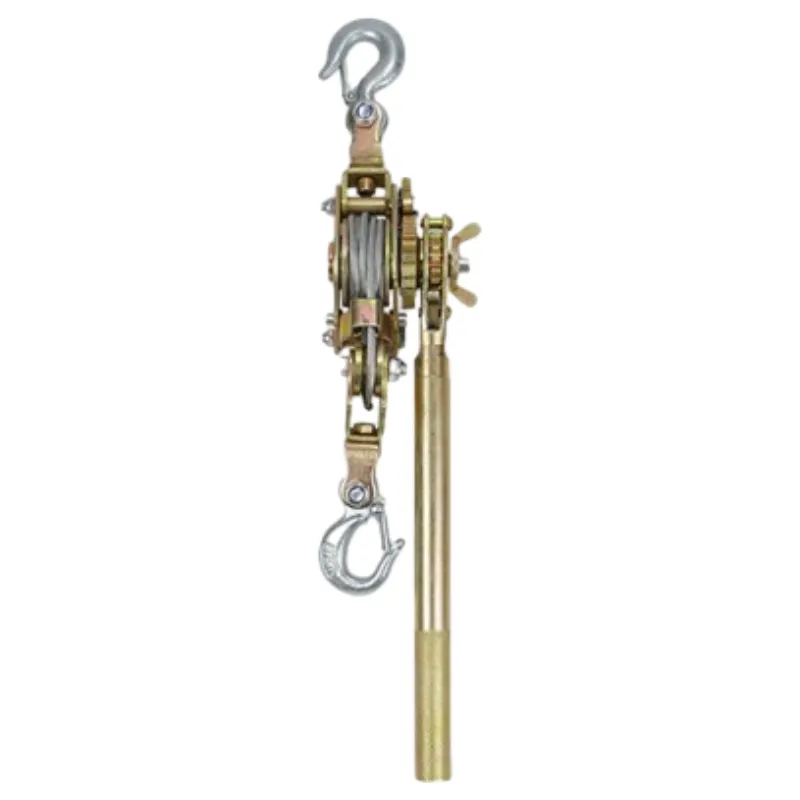
-
 Afrikaans
Afrikaans -
 Albanian
Albanian -
 Amharic
Amharic -
 Arabic
Arabic -
 Armenian
Armenian -
 Azerbaijani
Azerbaijani -
 Basque
Basque -
 Belarusian
Belarusian -
 Bengali
Bengali -
 Bosnian
Bosnian -
 Bulgarian
Bulgarian -
 Catalan
Catalan -
 Cebuano
Cebuano -
 Corsican
Corsican -
 Croatian
Croatian -
 Czech
Czech -
 Danish
Danish -
 Dutch
Dutch -
 English
English -
 Esperanto
Esperanto -
 Estonian
Estonian -
 Finnish
Finnish -
 French
French -
 Frisian
Frisian -
 Galician
Galician -
 Georgian
Georgian -
 German
German -
 Greek
Greek -
 Gujarati
Gujarati -
 Haitian Creole
Haitian Creole -
 hausa
hausa -
 hawaiian
hawaiian -
 Hebrew
Hebrew -
 Hindi
Hindi -
 Miao
Miao -
 Hungarian
Hungarian -
 Icelandic
Icelandic -
 igbo
igbo -
 Indonesian
Indonesian -
 irish
irish -
 Italian
Italian -
 Japanese
Japanese -
 Javanese
Javanese -
 Kannada
Kannada -
 kazakh
kazakh -
 Khmer
Khmer -
 Rwandese
Rwandese -
 Korean
Korean -
 Kurdish
Kurdish -
 Kyrgyz
Kyrgyz -
 Lao
Lao -
 Latin
Latin -
 Latvian
Latvian -
 Lithuanian
Lithuanian -
 Luxembourgish
Luxembourgish -
 Macedonian
Macedonian -
 Malgashi
Malgashi -
 Malay
Malay -
 Malayalam
Malayalam -
 Maltese
Maltese -
 Maori
Maori -
 Marathi
Marathi -
 Mongolian
Mongolian -
 Myanmar
Myanmar -
 Nepali
Nepali -
 Norwegian
Norwegian -
 Norwegian
Norwegian -
 Occitan
Occitan -
 Pashto
Pashto -
 Persian
Persian -
 Polish
Polish -
 Portuguese
Portuguese -
 Punjabi
Punjabi -
 Romanian
Romanian -
 Russian
Russian -
 Samoan
Samoan -
 Scottish Gaelic
Scottish Gaelic -
 Serbian
Serbian -
 Sesotho
Sesotho -
 Shona
Shona -
 Sindhi
Sindhi -
 Sinhala
Sinhala -
 Slovak
Slovak -
 Slovenian
Slovenian -
 Somali
Somali -
 Spanish
Spanish -
 Sundanese
Sundanese -
 Swahili
Swahili -
 Swedish
Swedish -
 Tagalog
Tagalog -
 Tajik
Tajik -
 Tamil
Tamil -
 Tatar
Tatar -
 Telugu
Telugu -
 Thai
Thai -
 Turkish
Turkish -
 Turkmen
Turkmen -
 Ukrainian
Ukrainian -
 Urdu
Urdu -
 Uighur
Uighur -
 Uzbek
Uzbek -
 Vietnamese
Vietnamese -
 Welsh
Welsh -
 Bantu
Bantu -
 Yiddish
Yiddish -
 Yoruba
Yoruba -
 Zulu
Zulu


Dec . 03, 2024 19:31 Back to list
pulley for cable pulling
The Versatility of Pulleys in Cable Pulling Applications
Pulleys have been a fundamental aspect of mechanical engineering and rigging systems for centuries, proving invaluable in various applications, particularly in cable pulling. Their design and functionality allow for the efficient transfer and distribution of force, making them essential in numerous industries, including construction, telecommunications, and entertainment.
At its core, a pulley is a simple machine consisting of a wheel on an axle or shaft that is designed to support movement and change the direction of force applied to a rope or cable. When it comes to cable pulling, pulleys enable users to lift heavier loads with reduced effort by distributing the weight across multiple lines. This mechanical advantage is especially crucial in situations where manual lifting would be impractical or unsafe.
The Versatility of Pulleys in Cable Pulling Applications
Moreover, the configuration of pulleys can be adapted to suit different applications. A single fixed pulley, for instance, can be used for straightforward lifting tasks, while a block and tackle system—a combination of multiple pulleys—can significantly multiply the lifting force. This versatility makes pulleys suitable for various scenarios, from pulling electrical cables through conduits to hoisting heavy equipment for installation.
pulley for cable pulling

In the telecommunications industry, pulleys are critical during the installation of fiber optic and other types of cables. Cables must often be pulled over long distances, through tight spaces, or around bends, which can be challenging without proper equipment. Utilizing a pulley system, technicians can navigate these obstacles more effectively. By employing both manual and powered winches in conjunction with an array of pulleys, the installation process becomes not only faster but also safer.
Another significant area of application is in the entertainment industry, where pulleys are used in rigging systems for theatrical productions, concerts, and film sets. The ability to pull and manipulate heavy lighting and sound equipment quickly and efficiently enhances the flexibility and creativity of stage design. Pulleys allow crew members to create intricate setups while ensuring that the safety of performers and the audience is maintained.
Safety is paramount when working with pulleys in cable pulling systems. Proper training and adherence to safety protocols are essential to prevent accidents and equipment damage. Regular maintenance checks of pulleys, cables, and related equipment are necessary to ensure that they are functioning correctly and can handle the required load. The use of high-quality materials and adhering to industry standards also play a crucial role in the longevity and reliability of the pulley systems.
In conclusion, pulleys are an indispensable tool in cable pulling applications across various industries. Their ability to change the direction of force, provide mechanical advantage, and adapt to specific needs makes them crucial for efficient and safe operations. As technology advances, the design and materials used in pulleys will continue to evolve, potentially leading to even greater efficiencies in cable pulling tasks. Embracing the versatility of pulleys not only enhances productivity but also contributes to the overall safety and effectiveness of complex operations.
Latest news
duct-rodders-and-conduit-rod-tools
NewsAug.22,2025
ratchet-pullers-and-wire-tightening-tools
NewsAug.22,2025
chain-ratchet-pullers-and-hoist-solutions
NewsAug.22,2025
telescopic-hot-stick-for-electrical-and-high-voltage-use
NewsAug.22,2025
cable-clamp-and-insulated-cable-clamp-systems
NewsAug.22,2025
duct-rodder-conduit-rodder-and-cable-solutions
NewsAug.22,2025








